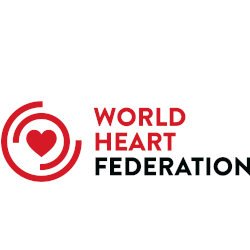Review
Management of hypertension in low and middle income countries: Challenges and opportunities
Abstract
Hypertension is one of the most important risk factors for cardiovascular morbidity and mortality. More than a quarter of the global adult population (972 million) is currently hypertensive and almost three quarters (639 million) live in developing countries. Hypertension management therefore is of great public health importance in the developing world. In this paper, we review screening, diagnosis and management using lifestyle measures and pharmacotherapy given the resources of developed nations. We then discuss the barriers and challenges to implementing this approach and what can be done regarding prevention, screening, lifestyle modification and pharmacotherapy in developing countries. By adopting a comprehensive population based approach including policy level interventions directed at promoting lifestyle changes; a healthy diet (appropriate calories, low in saturated fats and salt additives and rich in fruits and vegetables), increased physical activity, and a smoke free environment, properly balanced with a high risk approach of cost effective clinical care, developing countries can effectively control hypertension and improve public health. Existing scientific knowledge regarding prevention, treatment and management should be harnessed as a health priority to reduce the disease burden associated with uncontrolled hypertension.
Published on Dec 1, 2005
Peer Reviewed


